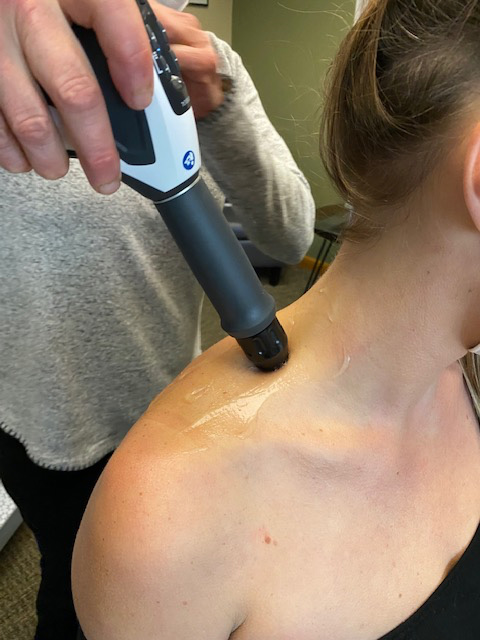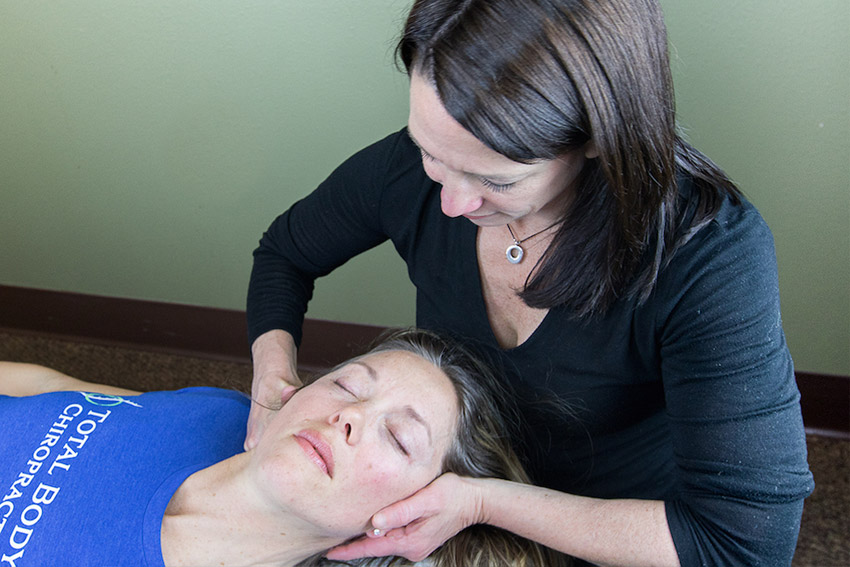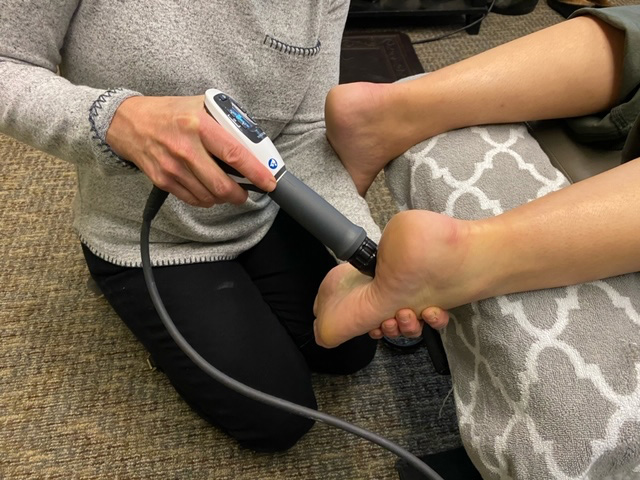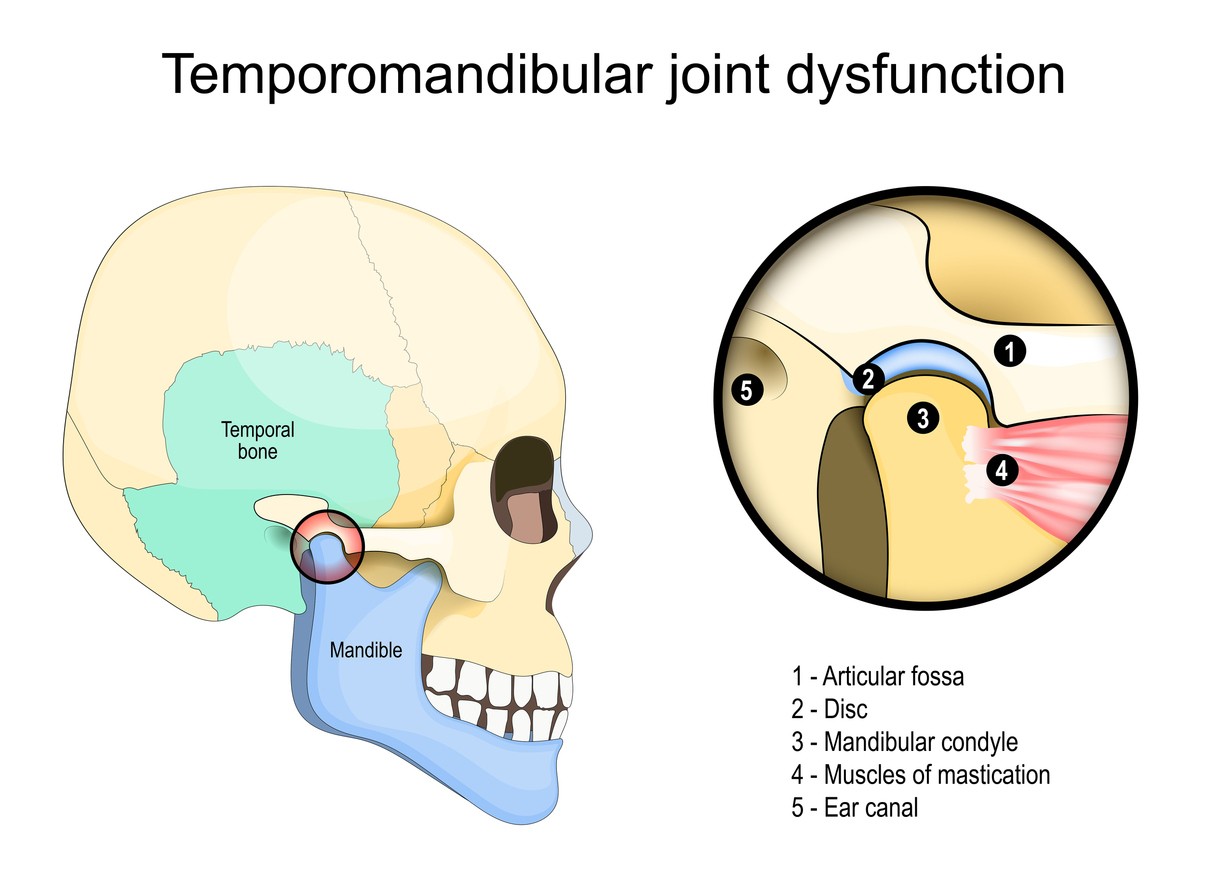Revolutionizing Herniated Disc Treatment with Shockwave Therapy
Living with a herniated disc can significantly impact your quality of life and normal activities. The pain, discomfort and limited mobility often lead many to explore effective treatment options. Shockwave therapy, a non-invasive and innovative approach, is emerging as a powerful solution for treating herniated discs. In this post, we’ll dive into what a herniated disc is, its causes and how shockwave therapy works. We’ll also explore what you can expect from chiropractic care, including frequency and potential outcomes.
If you’re curious about how shockwave therapy can help treat a herniated disc, this blog post provides all the answers you need.
What Is a Herniated Disc?

A herniated disc occurs when the soft, jelly-like center of an intervertebral disc pushes out through a crack in the tougher exterior casing. This bulging disc can irritate nearby nerves, causing pain, numbness or weakness, especially in the arms or legs.
Common Causes of Herniated Discs
Several factors can lead to disc herniation, including:
- Age-related wear and tear: Discs lose water content and flexibility over time, making them more prone to rupture.
- Sudden trauma or disc injury: A fall, car accident or heavy lifting can cause lumbar disc herniation.
- Improper posture and body mechanics: Poor ergonomics, especially during repetitive tasks, can increase the risk of disc problems.
Common symptoms to Watch For
- Localized pain: Often in the lower back or neck, radiating to other parts of the body.
- Numbness or tingling: Particularly in the extremities.
- Muscle weakness: Affected spinal nerves may impair your ability to move certain muscles.
How Does Shockwave Therapy Work?
Shockwave therapy utilizes acoustic waves to deliver targeted mechanical energy to damaged tissues. This process stimulates natural healing mechanisms, reduces inflammation, and promotes cellular repair.
The Science Behind Shockwave Therapy
The high-energy sound waves interact with tissues, breaking up scar tissue and calcifications. This stimulation enhances blood flow, encouraging the body to regenerate damaged areas, including the tissues around herniated discs.
Benefits of Shockwave Therapy for Herniated Discs
- Pain relief: Acoustic waves disrupt pain signals and reduce inflammation.
- Improved mobility: By addressing scar tissue and improving flexibility, shockwave therapy can help restore normal movement.
- Non-invasive and quick: No surgery or downtime makes it a convenient option for busy individuals.
How Shockwave Therapy Treats Herniated Discs

Shockwave therapy targets the underlying issues of herniated discs rather than just masking the symptoms. This makes it a compelling option for long-term relief.
A Step-by-Step Explanation of the Process
Understanding how shockwave therapy works can help you feel more comfortable and confident in your treatment journey. Below is a detailed breakdown of what to expect during the process:
1. Assessment and Preparation
Your shockwave therapy journey begins with a thorough assessment by one of our Bend chiropractors. During this initial consultation, your Bend chiropractor will:
- Review your medical history and symptoms.
- Conduct a physical exam to determine the affected areas and severity of your herniated disc.
- Use imaging tests, such as MRI or X-rays, if needed, to pinpoint the exact location of the herniation.
Once the evaluation is complete, your chiropractor will explain the procedure, address any concerns, and outline a personalized treatment plan tailored to your specific condition.
2. Application of Acoustic Waves
When you arrive for your treatment session, you’ll be comfortably positioned to ensure the targeted area is accessible. Here’s what happens during the therapy:
- Marking the treatment area: The practitioner identifies and marks the precise location where the acoustic waves will be applied.
- Gel application: A specialized gel is applied to the skin over the targeted area. This helps the shockwave device transmit acoustic waves effectively.
- Delivery of waves: Using a handheld device, the practitioner delivers focused acoustic waves to the treatment site. These waves penetrate the tissues and stimulate cellular repair and blood flow.
The chiropractic therapy is non-invasive and generally painless, though some patients might experience mild discomfort, which typically subsides quickly.
3. Post-Treatment Care and Follow-Up
After the session, your practitioner will provide guidance on what to expect and how to optimize your recovery:
- Immediate effects: You may feel slight soreness or tingling in the treated area, which is normal and temporary.
- Home care recommendations: Your provider might suggest light stretches, hydration, and avoiding strenuous activities for a day or two.
- Follow-up appointments: The number of treatments varies, but most patients require 3–5 sessions spaced one to two weeks apart. This allows your body sufficient time to heal and adapt between treatments.
Shockwave therapy sessions are quick, typically lasting 15–30 minutes and don’t require any downtime, allowing you to return to your daily activities immediately. Over the course of several treatments, you’ll likely notice reduced pain, improved mobility and enhanced overall function.
Why It’s Effective for Herniated Discs
Shockwave therapy stands out as an effective treatment for herniated discs because it addresses the root causes of back and neck pain and discomfort rather than just alleviating symptoms. By delivering focused acoustic waves directly to the affected area of your spinal column, the therapy stimulates cellular repair and enhances blood circulation. This increased blood flow brings oxygen and nutrients to the damaged tissues, promoting regeneration and reducing inflammation around the herniated disc. Additionally, the mechanical energy from the waves helps to break down scar tissue and adhesions, which can improve spinal flexibility and reduce nerve compression. These combined effects work to restore normal function and provide long-term relief.
Another reason shockwave therapy is highly effective is its ability to modulate pain signals. The acoustic waves disrupt the nerve pathways that transmit pain signals to the brain, offering immediate and lasting relief for patients with herniated discs. Unlike invasive surgical procedures, shockwave therapy is non-invasive, which minimizes risks and eliminates the need for lengthy recovery periods. Patients often experience improved mobility and reduced pain after just a few sessions, making it a convenient and powerful alternative for managing herniated discs. This holistic approach to healing makes shockwave therapy a compelling choice for those seeking both immediate results and sustainable improvement.
What to Expect During Shockwave Therapy Sessions
Initial Consultation and First Session: During the initial session, your provider will assess the severity of your herniated disc and create a tailored treatment plan. The therapy itself lasts 15–30 minutes and involves applying acoustic waves directly to the affected area.
Frequency of Treatments: Most patients undergo 3–5 sessions over several weeks, depending on the severity of their condition. Consistent treatments yield better results by allowing the body to heal progressively.
Is Shockwave Therapy Right for You?

Shockwave therapy is an innovative and non-invasive treatment that can be an excellent choice for many individuals suffering from herniated discs, but it’s essential to determine if it aligns with your specific needs and medical history. This therapy is particularly beneficial for those who prefer a natural approach to healing without relying on surgery or medications.
If you’re experiencing chronic pain, reduced mobility, or persistent nerve symptoms caused by a herniated disc, shockwave therapy may offer the relief you’ve been searching for. It’s especially suitable for individuals who have not responded well to traditional treatments like physical therapy, medications or injections. However, it’s crucial to consult with a qualified healthcare provider to evaluate your condition and rule out any contraindications.
Certain factors, such as pregnancy, blood clotting disorders or the presence of pacemakers, may require alternative treatment options. By undergoing a thorough consultation, you can ensure that shockwave therapy is a safe and effective solution tailored to your unique situation. With its ability to target the root causes of discomfort and stimulate long-term healing, this treatment could be the next step toward reclaiming your quality of life.
Spinal Adjustments: A Complementary Treatment for Herniated Discs

Spinal manipulation, commonly performed by chiropractors, are a non-invasive treatment that can complement therapies like shockwave therapy for managing herniated discs. These adjustments involve carefully manipulating the lumbar and cervical spine to restore proper alignment and reduce pressure on the affected nerves. By alleviating nerve compression, chiropractic adjustments can relieve back pain, improve mobility and promote overall spinal health. Your chiropractor uses gentle, targeted techniques to ensure the adjustments are both safe and effective, especially for individuals with herniated discs.
In addition to providing pain relief, spinal adjustments can improve the body’s ability to heal itself by enhancing nerve function and blood circulation. Realigning the spinal cord can reduce muscle tension, improve posture and minimize the stress placed on the injured spinal disc. While spinal adjustments are not a standalone cure for herniated discs, they can work synergistically with other treatments like shockwave therapy, physical therapy or exercise programs. Patients often report significant improvements in their symptoms when these therapies are combined, making spinal manipulative therapy a valuable part of a comprehensive chiropractic treatment plan for herniated disc recovery.
FAQs About Shockwave Therapy for Herniated Discs
1. How does shockwave therapy compare to surgery for herniated discs?
Shockwave therapy is a non-invasive option, unlike spinal surgery. It promotes natural healing without the risks or downtime associated with surgical interventions.
2. Are there side effects from shockwave therapy?
Side effects are minimal and temporary, often limited to slight redness or discomfort at the treatment site.
3. How soon will I see results from shockwave therapy?
Many patients notice improvement after 1–2 sessions, but optimal results usually appear after completing the full treatment course.
4. Can shockwave therapy be combined with other treatments?
Yes, combining shockwave therapy with other modalities like physical therapy can enhance overall outcomes.
5. Is shockwave therapy safe for everyone?
While generally safe, individuals with certain medical conditions or implants should consult their healthcare provider before beginning treatment.






























